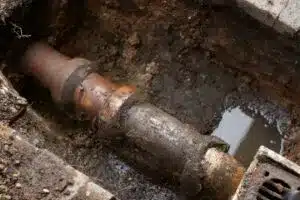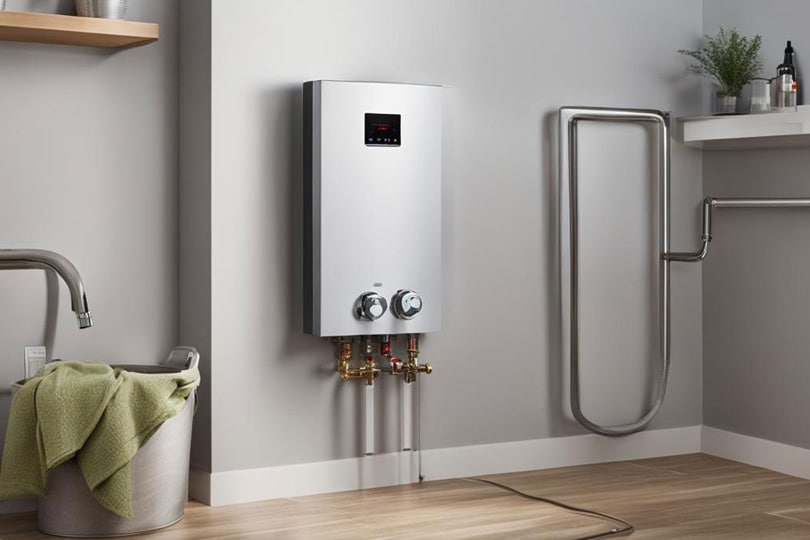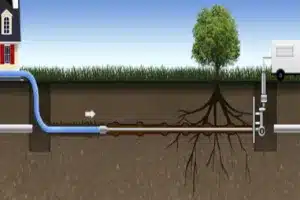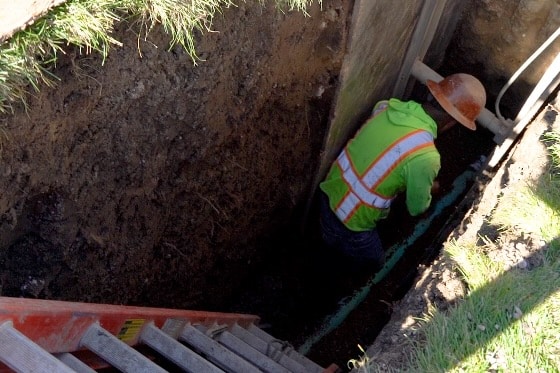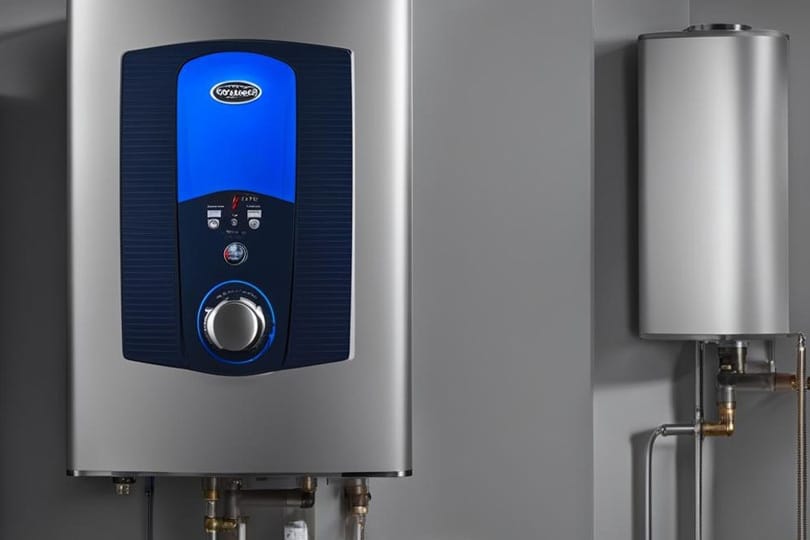If you’ve ever experienced the stomach-turning stench of a sewer backup in your home, you’ll know how unpleasant it can be. Sewer backups occur when waste and water gets back into your plumbing system, sometimes gurgling up from toilets or floor drains or flooding up through sinks and tubs. While the causes of sewer backups may vary, it’s important to know what can lead to these plumbing disasters so that you can prevent them from happening in the future.
Cause of Backups #1 – Poor Drainage
Poor drainage and clogged gutters lead to water collecting on roofs and, eventually, flowing back into your home through drains and floor drains. Clogged gutters can be caused by debris that collects on roof lines or poor gutter installation. Cleaning out gutters regularly is an important way to prevent sewage backups when there is heavy rain. It’s also a good idea to have them cleaned professionally at least once a year.
Improperly installed gutters are another common cause of clogs and backups; if you suspect they might be improperly installed, contact a professional contractor for an inspection before it’s too late. Low Water Pressure: Water pressure below 20 PSI (or pounds per square inch) will lead to backup due to inadequate water flow through floor drains. A standard shower head delivers 20 PSI or more—and two can deliver 40 PSI or more—so even properly functioning shower heads could mean trouble if your home has low water pressure overall. If you know you have low water pressure in your home but need a shower immediately, turn off all other faucets first.
Cause of Backups #2 – Overflowing Toilet
A toilet that overflows is a big problem for homeowners, but it’s also one of the easiest things to fix. Most often, it’s due to too much toilet paper being flushed down, which can lead to serious damage inside your sewer system.
To prevent overflow backups from happening, install a toilet check valve or shut-off valve. This will allow you to turn off your toilet’s water supply in case it gets clogged or needs maintenance. These valves usually don’t cost more than $50 and they’re well worth installing if you have plumbing issues at home.
Causes of Backups #3 – Tree Roots
When you think of sewer backups, you probably assume they happen because your pipes aren’t properly installed and aren’t designed to handle water flow. However, tree roots can cause a similar problem: if a tree grows close enough to your sewer line and starts growing inside it (or even just outside it), its roots can wrap around your line, kink it or otherwise constrict it, resulting in back flows and backups into your home.
Roots from other types of vegetation can have a similar effect. The solution is obvious—move your sewer lines away from trees and anything else that could potentially grow large enough to block them over time. If you don’t have easy access to underground lines, though, you might end up facing quite a bill! A better option may be trenchless relining, which uses epoxy instead of pipes; tree roots won’t grow through an epoxy lining so they aren’t as likely to cause backups and clogs with trenchless relining installed beneath them.
Causes of Backups #4 – Blockages
One of the main causes of sewer backups is blockages that occur from grease buildup, tree roots, and especially poop. Blockages not only lead to clogs and backups but also can cause sewer gases to build up inside your house. If left unchecked, blockages can overflow onto your property as well. Use an industrial camera inspection service to check for potential blockages and then have them cleared out.
When you see green or black spots on your toilets or sinks, it’s a sign that you might have a sewer backup issue on your hands—the brighter they are, the more serious it is. Consider hiring a professional plumber to clear out any blockages before they get bad enough to cause issues.
Sewer Line Blockages – Summary
A sewer backup is a rather nasty experience, so understanding its causes can help homeowners prevent them before they happen. There are four main causes of sewage backups in homes: tree roots, grease build-up, storm damage and failing P-traps.
If you want to avoid dealing with a messy disaster that could destroy your home’s foundation, keep these things in mind as you do any renovation work around your house.

